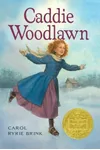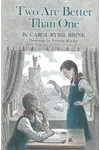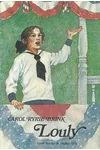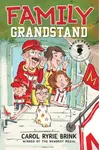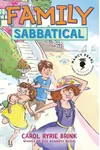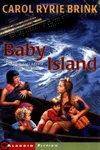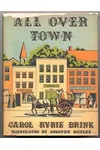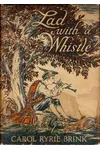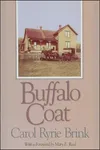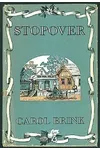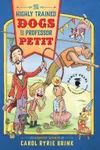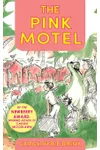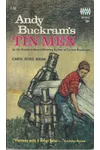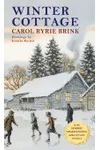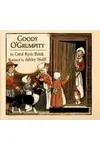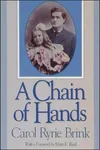Picture a storyteller who spun tales of frontier adventures and resilient spirits—meet Carol Ryrie Brink! Born in 1895 in Moscow, Idaho, this American author crafted over 30 books, blending heart and history. Her Newbery Medal-winning novel, Caddie Woodlawn, inspired by her grandmother’s Wisconsin childhood, remains a beloved classic that captures the pluck of youth.
Despite a tragic start—orphaned by age eight—Brink’s knack for storytelling bloomed, fueled by her grandmother’s vivid tales. Her legacy as a children’s literature icon endures, inviting readers to explore the past with wonder.
The Making of Carol Ryrie Brink
Carol Sybil Ryrie was born on December 28, 1895, to a prominent Idaho family. Her father, Alexander, was Moscow’s mayor, and her grandfather, Dr. William W. Watkins, a respected physician. Tragedy struck early: her father died in 1900, her grandfather was murdered in 1901, and her mother died by suicide in 1904. Raised by her storytelling grandmother, Caroline Woodhouse Watkins, Carol found solace in books and writing. She honed her craft at the University of Idaho, writing for the student newspaper, before graduating Phi Beta Kappa from UC Berkeley in 1918. That same year, she married mathematician Raymond W. Brink, settling in St. Paul, Minnesota, where her writing career took flight.
Carol Ryrie Brink’s Unforgettable Stories
Brink’s stories brim with adventure, history, and relatable characters, often set in the American West or frontier. Her 1935 masterpiece, Caddie Woodlawn, follows a spirited 11-year-old navigating Wisconsin’s pioneer life during the Civil War. Based on her grandmother’s experiences, it won the 1936 Newbery Medal and a 1958 Lewis Carroll Shelf Award, lauded for its vivid details and authentic dialogue. Translated into a dozen languages, it inspired a play and remains a children’s literature staple.
Other gems include Baby Island (1937), a whimsical tale of two girls shipwrecked with babies, showcasing Brink’s playful side. Buffalo Coat (1944), part of her Idaho trilogy, draws on Moscow’s early days, blending fact and fiction. Family Grandstand (1952) offers a lighter, family-focused story inspired by her own life in St. Paul. Brink’s style—rich yet accessible—makes history feel alive, with characters who leap off the page.
Her versatility shone in novels, short stories, and poetry, appealing to both children and adults. Whether exploring pioneer grit or family bonds, Brink’s work celebrates resilience and curiosity, rooted in her love for storytelling.
Why Carol Ryrie Brink Matters
Brink’s impact on children’s literature is profound, bringing history to life for generations. Caddie Woodlawn not only entertains but also highlights strong, independent female characters, resonating with readers then and now. Her ability to weave personal and regional history into universal stories earned her accolades, including an honorary doctorate from the University of Idaho in 1965. Moscow honors her with Brink Hall, a nature park, and a library reading room, cementing her local and literary legacy.
Beyond awards, Brink’s stories inspire young readers to embrace adventure and empathy. Her work, though sometimes overshadowed by modern authors, remains a treasure trove of American storytelling, inviting new fans to discover her timeless tales.
About Carol Ryrie Brink
- Born: December 28, 1895, Moscow, Idaho
- Died: August 15, 1981, La Jolla, California
- Key Works: Caddie Woodlawn, Baby Island, Buffalo Coat, Family Grandstand
- Awards: 1936 Newbery Medal, 1958 Lewis Carroll Shelf Award
- Fun Fact: Her grandmother’s tales inspired her most famous book!
Ready for a literary adventure? Snag Caddie Woodlawn and dive into Carol Ryrie Brink’s vibrant world of frontier tales!
